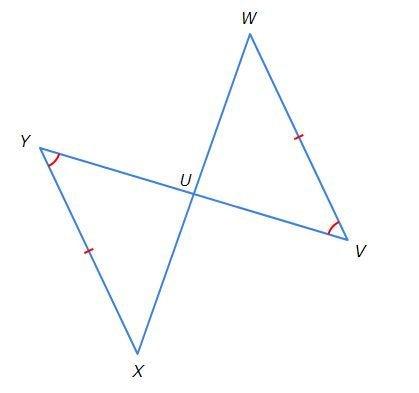
Mathematics, 05.05.2020 07:21 madisonmoore9716
Here is data on the flow of students through a school.70% of freshmen pass and become sophomores, 20% fail and repeat as freshmen, 10% drop out80% of sophomores pass and become juniors, 10% fail and repeat as sophomores, 10% drop out80% of juniors pass and become seniors, 10% fail and repeat as juniors, 10% drop out82% of seniors pass and graduate, 8% fail and repeat as seniors, 10% drop outTreat this as a 6-state Markov chain with "graduated" and "dropped out" being absorbing states. Use an appropriate matrix tool to answer the following questions. (Give your answers correct to 3 decimal places.)(a) What fraction of freshmen graduate within 4 years?(b) What fraction of freshmen graduate within 5 years?(c) What fraction of freshmen eventually graduate?(d) What fraction of juniors eventually graduate?(e) Assume that a student enters the school as a senior. What is the expected value for the number of years that person will spend in school before either graduating or dropping out?

Answers: 1


Another question on Mathematics

Mathematics, 21.06.2019 17:30
Give the equations of two different lines that are perpendicular to the line 3x + 4y = 7.
Answers: 1

Mathematics, 21.06.2019 18:30
Solve 2x2 + 8 = 0 by graphing the related function. there are two solutions: . there are no real number solutions. there are two solutions: 2 and -2
Answers: 3

Mathematics, 21.06.2019 20:30
Can someone me with #s 8, 9, and 11. with just one of the three also works. prove using only trig identities.
Answers: 3

Mathematics, 21.06.2019 21:30
In a test for esp (extrasensory perception), the experimenter looks at cards that are hidden from the subject. each card contains either a star, a circle, a wave, a cross or a square.(five shapes) as the experimenter looks at each of 20 cards in turn, the subject names the shape on the card. when the esp study described above discovers a subject whose performance appears to be better than guessing, the study continues at greater length. the experimenter looks at many cards bearing one of five shapes (star, square, circle, wave, and cross) in an order determined by random numbers. the subject cannot see the experimenter as he looks at each card in turn, in order to avoid any possible nonverbal clues. the answers of a subject who does not have esp should be independent observations, each with probability 1/5 of success. we record 1000 attempts. which of the following assumptions must be met in order to solve this problem? it's reasonable to assume normality 0.8(1000), 0.2(1000)%30 approximately normal 0.8(1000), 0.2(1000)% 10 approximately normal srs it is reasonable to assume the total number of cards is over 10,000 it is reasonable to assume the total number of cards is over 1000
Answers: 1
You know the right answer?
Here is data on the flow of students through a school.70% of freshmen pass and become sophomores, 20...
Questions




Mathematics, 19.04.2021 22:00



Mathematics, 19.04.2021 22:00

Mathematics, 19.04.2021 22:00


Mathematics, 19.04.2021 22:00



Social Studies, 19.04.2021 22:00

Mathematics, 19.04.2021 22:00

Social Studies, 19.04.2021 22:00




Mathematics, 19.04.2021 22:00

Mathematics, 19.04.2021 22:00

![T=\left[\begin{array}{cccccc}0.2&0&0&0&0&0\\0.7&0.1&0&0&0&0\\0&0.8&0.1&0&0&0\\0&0&0.8&0.08&0&0\\0&0&0&0.82&1&0\\0.1&0.1&0.1&0.1&0&1\end{array}\right]](/tpl/images/0634/7432/6128c.png)











